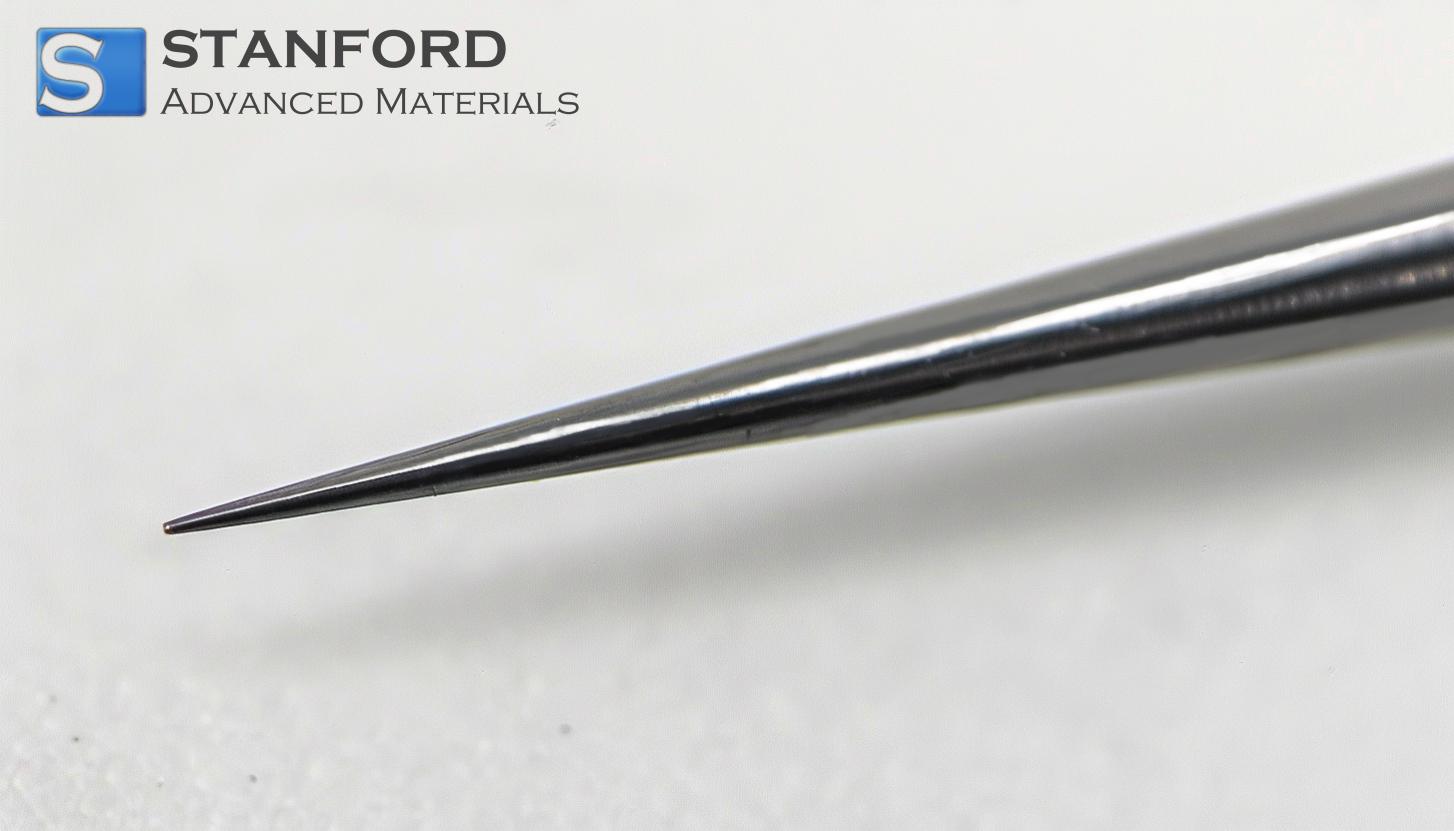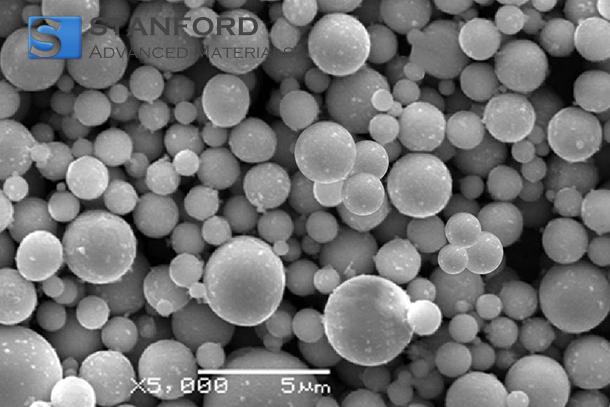Electric Susceptibility and Dielectic Materials
Understanding Electric Susceptibility
Electric susceptibility is a fundamental property that describes the extent to which a material becomes polarised when exposed to an external electric field. When a dielectric material is subjected to an electric field, polarisation occurs due to the proper alignment of the dipoles within the material induced by the electric field itself. This polarisation is directly linked to the material's electric susceptibility, which quantifies how easily the material can be polarised under an applied electric field.

Electric Susceptibility and Polarisation
Polarisation represents a process of separation of positive and negative charges within a material, hence creating electric dipoles. Polarisation in dielectric materials occurs without the flow of electric current; for this reason, such materials serve as very good insulators. The strength of polarisation in the material depends on both the strength of the applied electric field and the inherent properties of the material.
Electric susceptibility χ is expressed mathematically by the equation:
P=ε0*χe*E
Where:
- P is the polarisation vector,
- ε₀ is the vacuum permittivity,
- χe is the electric susceptibility,
- E is the applied electric field.
This equation shows that polarisation is proportional to both the strength of the electric field and the electric susceptibility of the material. The greater the susceptibility, the easier it is for a material to be polarised in response to an applied electric field.
Factors Affecting Electric Susceptibility
Several factors affect the electric susceptibility of a material:
- Material Composition: Materials containing dipoles that can easily align under an applied electric field indeed possess higher electric susceptibility. For example, ferroelectric materials may achieve high polarisation while diamagnetic materials exhibit less response.
- Temperature: With increasing temperature, the thermal motion disrupts the orientation of the dipoles, and electric susceptibility decreases. Higher temperatures result in increased agitation of the particles inside the material, preventing the dipoles from maintaining alignment.
- Frequency of the Applied Electric Field: With increased frequencies, the dipoles may not be able to align quickly enough with the oscillating electric field, which results in a reduction of electric susceptibility. This effect is more pronounced in those materials that have slower response times for dipoles.
Types of Dielectric Materials and Their Uses
Dielectric materials, commonly referred to as insulators, play a vital role in many applications of electronic and electrical devices due to their properties of storing and releasing energy in the form of polarisation. The different types of dielectric materials, along with their specific uses, are listed below:
1. Teflon
Teflon is known for its excellent insulation properties, high thermal stability, and low dielectric constant. Given its low loss factor and very high resistance to chemical reactions, it finds broad application in cables, capacitors, and as an insulator in high-frequency applications.
2. Mica
Mica possesses high dielectric strength, excellent thermal stability, and low electrical loss. It is typically used for high-voltage electrical insulation in transformers, capacitors, and high-frequency equipment that demands a high degree of reliability under extreme conditions.
3.Rubber
Rubber is flexible and has moderate dielectric strength, making the material most suitable for electrical insulation at low voltages. It is commonly used on wires and cables, as the flexibility and insulation properties of rubber provide protection against electrical hazards.
4. Glass
Glass has a high dielectric constant and very good thermal stability. Owing to its high dielectric strength, toughness, and ability to perform well under high temperatures, it has numerous applications in electronic devices: capacitors, insulators, circuit components, and so forth.
5. Ceramics
Ceramic materials, such as barium titanate, demonstrate a high dielectric constant and strong piezoelectric effects. Due to their excellent dielectric properties and the capability to withstand very high voltages, these materials are commonly employed in capacitors, piezoelectric devices, and ultrasonic transducers.
6.Polypropylene
This material also has low dielectric loss and high insulation resistance, making it suitable for applications involving capacitors, particularly high-voltage ones. With high insulation and low dissipation factors, the material can efficiently and reliably store energy.
Applications of Electric Susceptibility
Understanding electric susceptibility is important for several industrial and technological uses. A few significant applications include:
- Capacitors-Dielectric materials with high electric susceptibility enhance the energy storage capacity of the capacitors. With improved polarisation responses, these materials enable capacitors to store higher amounts of charge without increasing in size, thereby improving their efficiency in power storage and energy conversion.
- Insulators: Materials with optimal electric susceptibility are employed for insulation in electrical systems. These insulating materials inhibit the flow of electric current and maintain electrical integrity in cables, circuit boards, and transformers.
- Optical Devices: The design of optical components, such as lenses, waveguides, and fibre optics, involves selecting materials with specific electric susceptibilities aimed at controlling the propagation of light and electromagnetic waves. The polarisation response significantly influences how light interacts with the material, affecting optical properties such as refraction and reflection.
Electric Susceptibility in Different Materials
Different materials exhibit diverse electric susceptibilities and are classified by their response to an electric field:
|
Material Type |
Susceptibility |
Behaviour |
Examples |
|
Diamagnetic |
Negative, very small |
Weak repulsion to electric field |
Bismuth, copper, water |
|
Paramagnetic |
Positive, small |
Weak attraction to electric field |
Aluminium, platinum, magnesium |
|
Ferromagnetic |
Very large ( 10^3 to 10^6) |
Strong attraction and permanent polarisation |
Iron, nickel, cobalt |
|
Ferroelectric |
Large ( 10^3 to 10^5) |
Spontaneous and reversible polarisation |
Barium titanate, PZT |
|
Piezoelectric |
Large, dependent on stress |
Electric charge from mechanical stress |
Quartz, PZT |
|
Insulating (Dielectric) |
Positive, moderate |
Polarisation in electric field, no conduction |
Teflon, rubber, glass, mica |
|
Superconductors |
Negative, very large |
Expulsion of electric fields, perfect conductivity |
Lead, niobium, YBCO |
Frequently Asked Questions
1. What is electric susceptibility?
Electric susceptibility is a measure of how easily a material can be polarised by an external electric field.
2. How does polarisation occur in dielectrics?
Polarisation occurs through the alignment of dipoles under an applied electric field without the flow of electric current in dielectric materials.
3. Why is electric susceptibility important in capacitors?
High electric susceptibility in dielectric materials allows for the storage of more electrical energy by a capacitor, thereby increasing its capacity and efficiency.
4. How does temperature affect electric susceptibility?
Higher temperatures can lower the electric susceptibility by disrupting the orientation of dipoles inside the material, thereby decreasing polarisation.
5. Is electric susceptibility dependent on the frequency of the applied electric field?
Yes, because at higher frequencies, the dipoles may not have sufficient time to align with the changing electric field, which reduces their electric susceptibility.

 Bars
Bars
 Beads & Spheres
Beads & Spheres
 Bolts & Nuts
Bolts & Nuts
 Crucibles
Crucibles
 Discs
Discs
 Fibers & Fabrics
Fibers & Fabrics
 Films
Films
 Flake
Flake
 Foams
Foams
 Foil
Foil
 Granules
Granules
 Honeycombs
Honeycombs
 Ink
Ink
 Laminate
Laminate
 Lumps
Lumps
 Meshes
Meshes
 Metallised Film
Metallised Film
 Plate
Plate
 Powders
Powders
 Rod
Rod
 Sheets
Sheets
 Single Crystals
Single Crystals
 Sputtering Target
Sputtering Target
 Tubes
Tubes
 Washer
Washer
 Wires
Wires
 Converters & Calculators
Converters & Calculators
 Write for Us
Write for Us





 Chin Trento
Chin Trento



